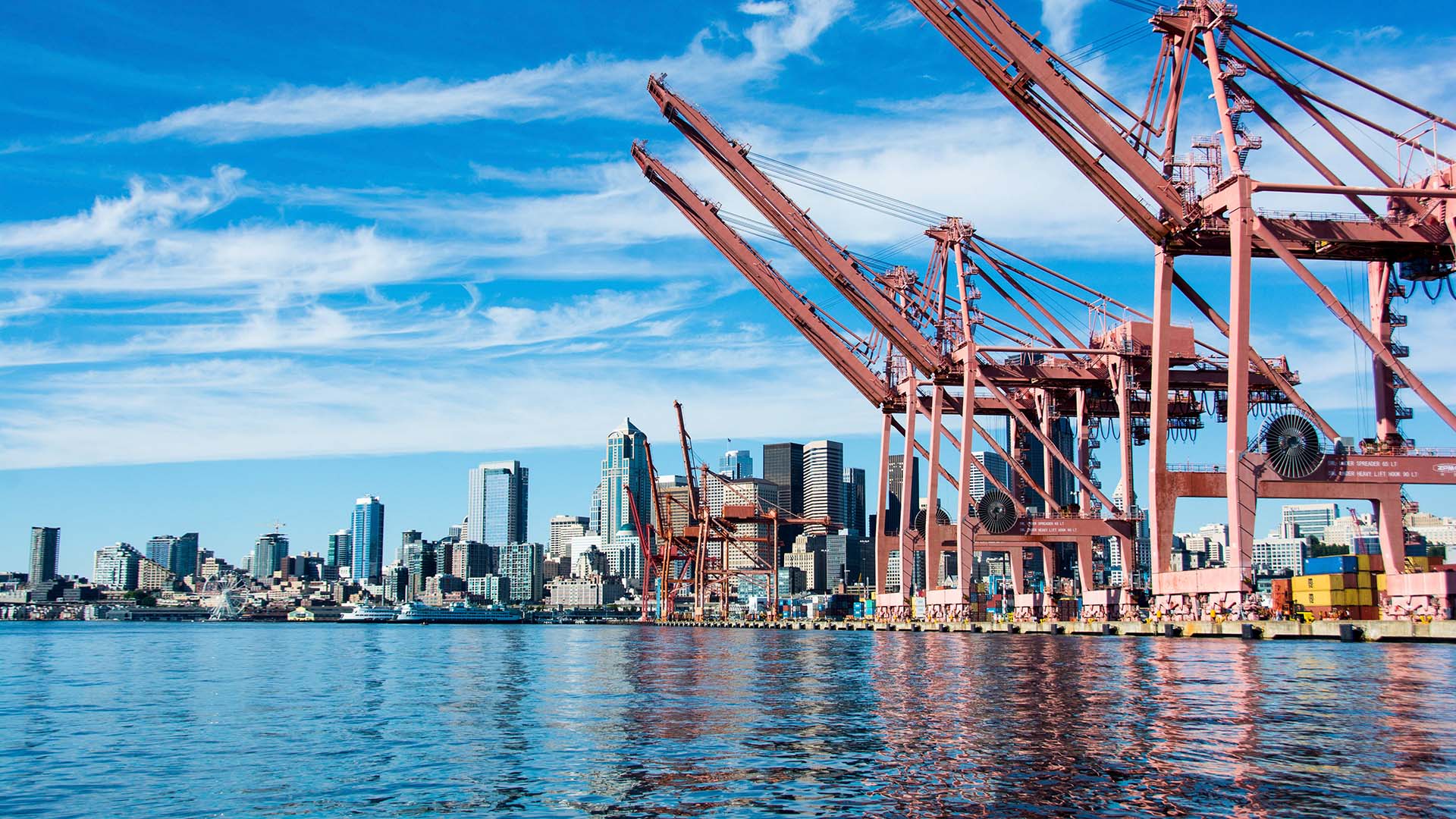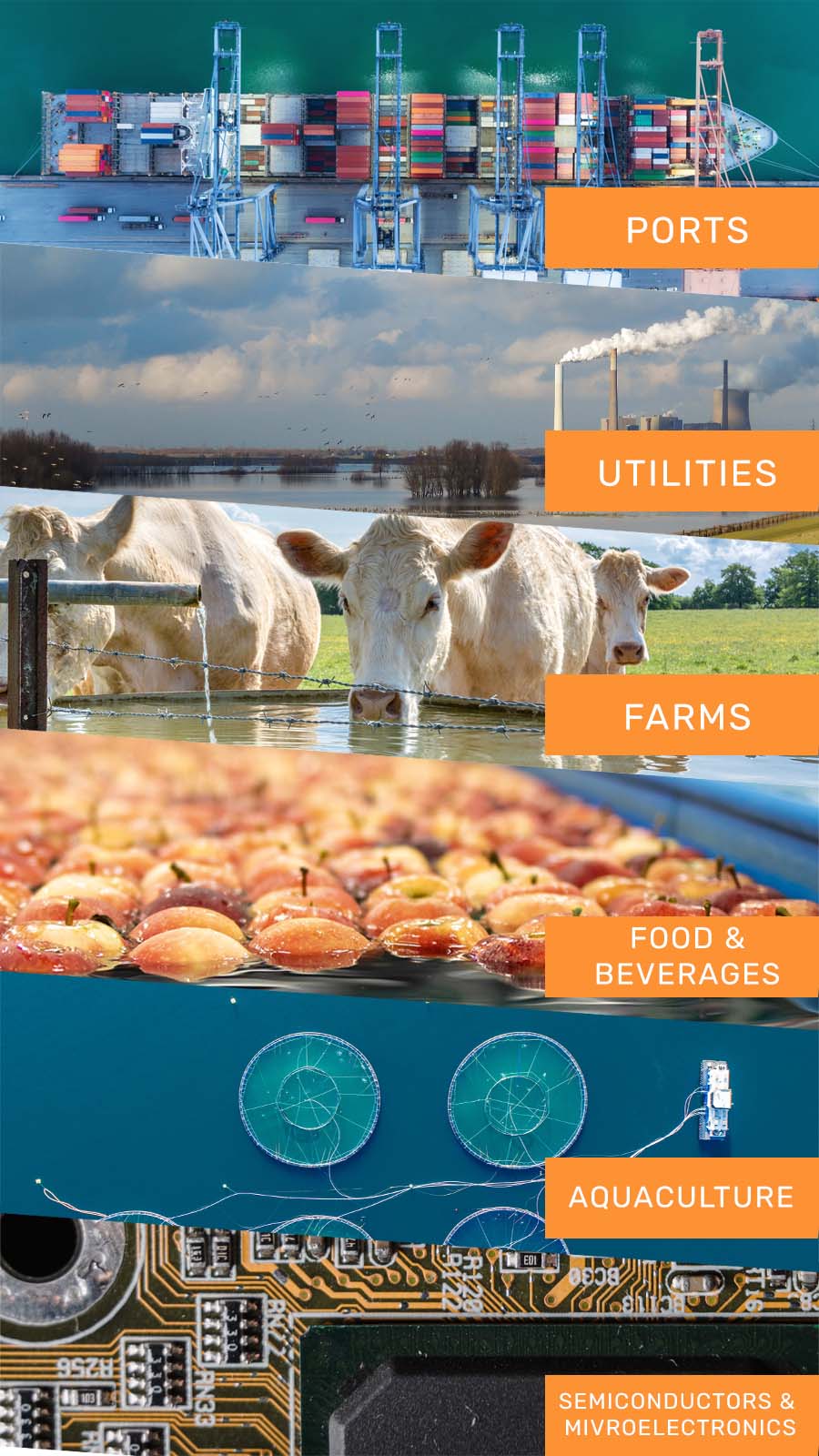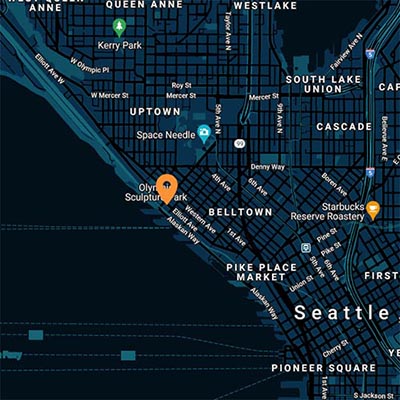OUR SERVICES


Technology Scouting
& Evaluation

Water and Sustainability Tech Assessment

Technology and Business Development Accelerator



Commercialization Strategy,
Execution and Channel Partnerships

Investment and
M & A Advisory

Learn More
About
Our Services

Technology Scouting & Evaluation
Scout, analyze and evaluate bluetech innovations and startups, addressing the gaps of improvements identified to overcome the innovation barrier to reach the market in water space.
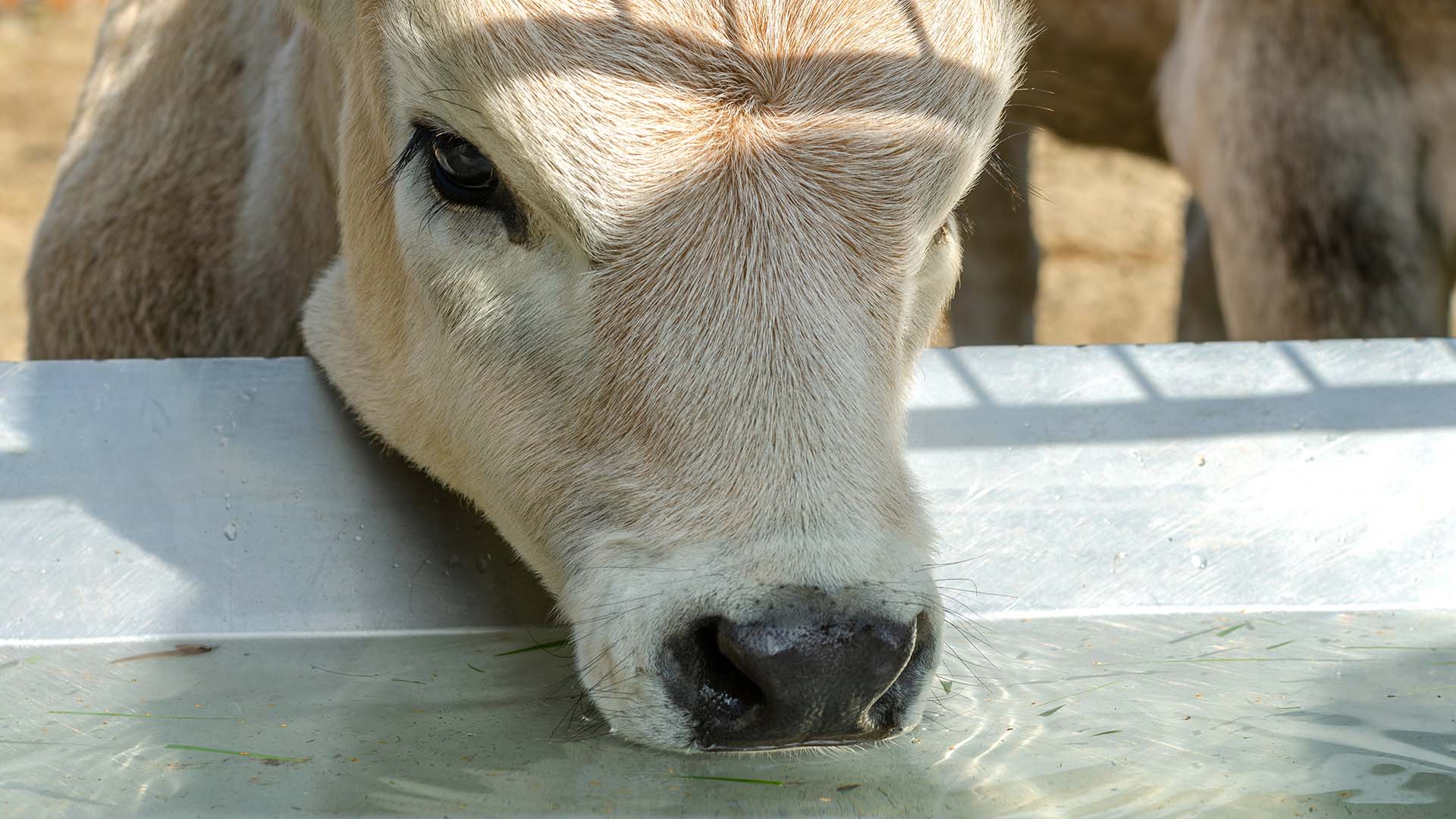
Water & Sustainability Technical Assessments
Identify and assess end-users and start-ups technical requirements for process advancement and delivering sustainability advisory and End-user solution mapping.
Technology and Business Development Accelerator
Aid new technology start-ups, in developing a business prospect and community usability pairing it with their technological innovation for commercial adoption into the market.
OUR SERVICES


Technology Scouting
& Evaluation

Water and Sustainability
Tech Assessment

Technology and
Business Development
Accelerator



Commercialization Strategy,
Execution and Channel
Partnerships

Investment and
M & A Advisory

Learn More
About
Our Services

Technology Scouting & Evaluation
Scout, analyze and evaluate bluetech innovations and startups, addressing the gaps of improvements identified to overcome the innovation barrier to reach the market in water space.

Water & Sustainability Technical Assessments
Identify and assess end-users and start-ups technical requirements for process advancement and delivering sustainability advisory and End-user solution mapping.
Technology and Business Development Accelerator
Aid new technology start-ups, in developing a business prospect and community usability pairing it with their technological innovation for commercial adoption into the market.
THE PROBLEM IN WATER SPACE
Water is essential and utilized on a mass scale for human practices and industrial functions, and it is also risk averse. Traditional processes and activities involving water use tend to be wasteful and not economically sustainable. Generating high potentiality for pollution that has long-term underlying impacts to the environment and ecology.
With the help of technologies and new innovations, we can lessen the economic impact and alleviate pollution to our environment, individuals and companies.
THE PROBLEM IN WATER SPACE
Water is essential and utilized on a mass scale for human practices and industrial functions, and it is also risk averse. Traditional processes and activities involving water use tend to be wasteful and not economically sustainable. Generating high potentiality for pollution that has long-term underlying impacts to the environment and ecology.
With the help of technologies and new innovations, we can lessen the economic impact and alleviate pollution to our environment, individuals and companies.






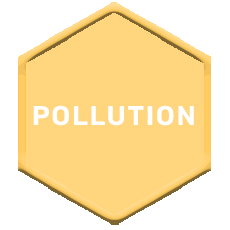
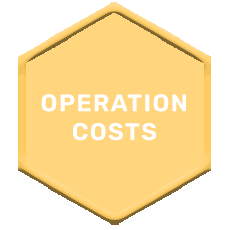
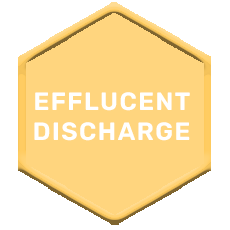
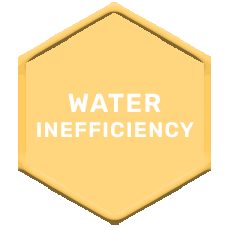
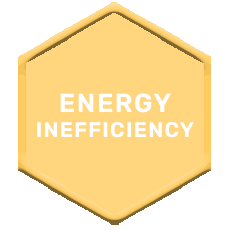



Water is the last frontier for innovation, despite the immensity of innovative water technologies and solutions globally present, there is a limitation to capitals in the form of information and relationships, so as to further develop the advancement and adoption of revolutionary solutions.
INNOVATION
AND
TECHONOLGY ?
WHY DO WE NEED
POLLUTION
Liquid waste from industrial and commercial facilities contains multiple contaminants such as Fats, Oils and grease (FOGs), Chemicals, Heavy metal traces, microplastics and organic wastes. Utilizing innovative solutions, contaminants released to the environment is reduced, hindering the contribution of water pollution.

PROCESS
LIMITATIONS
Technological Innovations allow the optimization of current treatment and reuse processes, de-bottlenecking any process cap and maximize overall operations capacity and effectivity. Balancing the scale for the shareholder’s costs and revenue.

EFFLUCENT
DISCHARGES
Effluent discharges contain various contaminants that needs to be removed and diluted to attain acceptable discharge conditions. Discharging large volumes of “reusable” treated water into the environment. Innovative solutions allow the treated water to be repurposed and harvest any precious reusable waste during treatment process for repurposing. Thus, decreasing volume of effluent released.

WASTE
DISPOSAL
The disposal of wastes, both solid and liquid, utilizes public or private transport line and systems and costs are high depending on volume and nature of waste. Innovative technologies possess the ability to reduce waste volume and neutralizes them to safe standards. Thus, alleviating overall cost of disposal.

OPERATION
COSTS
The operation of Wastewater treatment and adjacent facilities requires raw water, chemicals, energy, heating and maintenance. Such critical utilities attributes up to 80% of overall plant process expenditures. Technological innovations streamline such expensive overhead costs through alternatives method that enable the conservancy of water, energy and heating, limit the frequency of maintenance and opt out the need for expensive chemicals.

REGULATION
COSTS
As the global clean water resources dwindles from the effect of water pollutions. Wastewater discharges are heavily monitored and regulated with local environmental policies. Innovative Solutions can be implemented to reduce and produce waste below the standardized concentration, relaxing the regulatory costs for discharge.

WATER
INEFFICIENCY
Technical Innovation enable the optimization of water management and process efficiency, reducing the waste of water for daily operation from leaks and poor equipment effectivity. Resulting to the saving of water.

ENERGY
INEFFICIENCY
Technical Innovation enable the optimization of energy management and process efficiency, reducing the energy losses. Wastewater retain the prospect for alternative energy source as biosolids and gases. The transformative technological process is made available with the progression of innovative solutions.


















INNOVATION
AND
TECHONOLGY ?
WHY DO WE NEED
Water is the last frontier for innovation, despite the immensity of innovative water technologies and solutions globally present, there is a limitation to capitals in the form of information and relationships, so as to further develop the advancement and adoption of revolutionary solutions.
POLLUTION

Liquid waste from industrial and commercial facilities contains multiple contaminants such as Fats, Oils and grease (FOGs), Chemicals, Heavy metal traces, microplastics and organic wastes. Utilizing innovative solutions, contaminants released to the environment is reduced, hindering the contribution of water pollution.
PROCESS LIMITATIONS

Technological Innovations allow the optimization of current treatment and reuse processes, de-bottlenecking any process cap and maximize overall operations capacity and effectivity. Balancing the scale for the shareholder’s costs and revenue.
EFFLUCENT DISCHARGES

Effluent discharges contain various contaminants that needs to be removed and diluted to attain acceptable discharge conditions. Discharging large volumes of “reusable” treated water into the environment. Innovative solutions allow the treated water to be repurposed and harvest any precious reusable waste during treatment process for repurposing. Thus, decreasing volume of effluent released.
WASTE DISPOSAL

The disposal of wastes, both solid and liquid, utilizes public or private transport line and systems and costs are high depending on volume and nature of waste. Innovative technologies possess the ability to reduce waste volume and neutralizes them to safe standards. Thus, alleviating overall cost of disposal.
OPERATION COSTS

The operation of Wastewater treatment and adjacent facilities requires raw water, chemicals, energy, heating and maintenance. Such critical utilities attributes up to 80% of overall plant process expenditures. Technological innovations streamline such expensive overhead costs through alternatives method that enable the conservancy of water, energy and heating, limit the frequency of maintenance and opt out the need for expensive chemicals.
REGULATION COSTS

As the global clean water resources dwindles from the effect of water pollutions. Wastewater discharges are heavily monitored and regulated with local environmental policies. Innovative Solutions can be implemented to reduce and produce waste below the standardized concentration, relaxing the regulatory costs for discharge.
WATER INEFFICIENCY

Technical Innovation enable the optimization of water management and process efficiency, reducing the waste of water for daily operation from leaks and poor equipment effectivity. Resulting to the saving of water.
ENERGY INEFFICIENCY

Technical Innovation enable the optimization of energy management and process efficiency, reducing the energy losses. Wastewater retain the prospect for alternative energy source as biosolids and gases. The transformative technological process is made available with the progression of innovative solutions.


